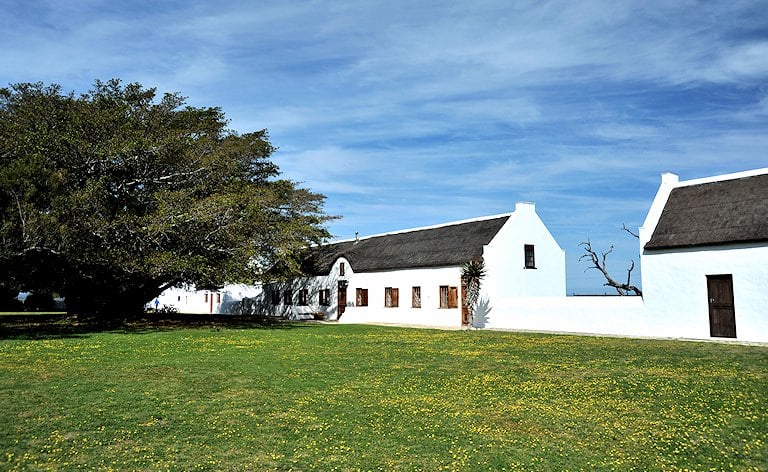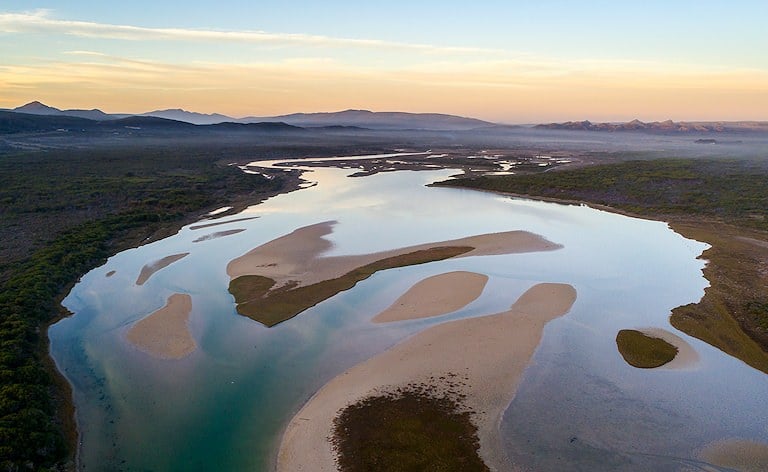8 Day Southern Cape Trail Family Vacation
Help Me PlanFV05
Included
Guides:
- Private African Sky Guide: From Day 1–5
Vehicles:
- Private Air Conditioned Vehicle: From Day 1–5
Accommodation:
- 3 Nights Commodore
- 1 Night Harbour House Hermanus
- 3 Nights Opstal Manor House (De Hoop Collection)
Meals:
- Only Meals Specified
Flights:
- None
Transfers:
- De Hoop Nature Reserve to Cape Town Airport
Activities & Entrance:
- All Activities Included in the Itinerary, Unless Stated as Optional
- All Entrance Fees to Places Mentioned in the Itinerary, Unless Stated as Optional
Additional Inclusions:
- Tourism Levy
- All Applicable Taxes
- Park Fees, where Applicable
Excluded
Excluded:
- International Airfare (To and From South Africa)
- Personal and Medical Insurance
- Drinks
- Gratuities

















